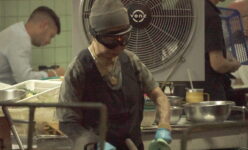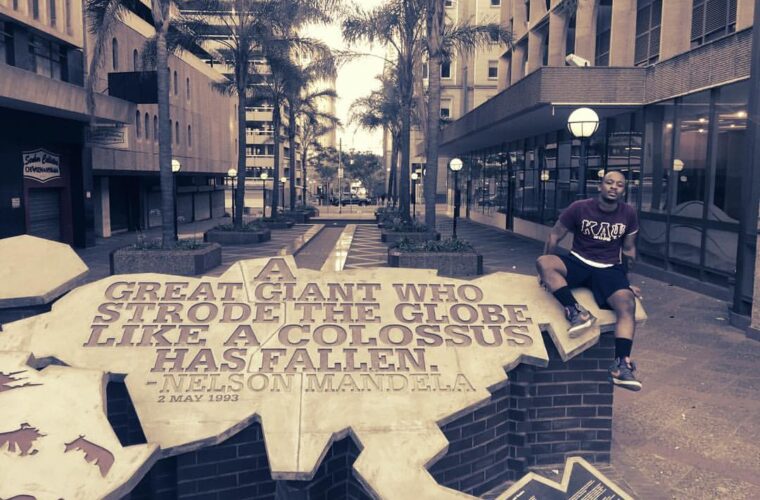
Paris, France: The Road To James + Josephine + Other Black Artists
I’ve been to Paris no less than 8 times – enough to know it’s not a city I’d spend my own money to visit. The vibe just isn’t for me, but the city is insanely beautiful, the Baguettes from Le Grenier à Pain (38 Rue Des Abbesses 75018 Paris) with orange marmalade are worth the walk from wherever I am in the city, and the people smell like all the colognes and perfumes I’ve loved over the years, these are just some of the different permute types.
On my last visit to the city I just so happened to be working on a screenplay with my dear friend, Bernard Jones, based on pieces of the life of James Baldwin, and I needed this trip to mean something since we’d be focusing on his early Paris years.
Where did James go? What did he do? What routes did he take? All questions that sent me down a fascinating road paved by Black American artists that made me fall a little bit in like with the City of Lights. These are for you:
1. Café de Flore: 72 Boulevard Saint Germain. Where James Baldwin sat to write some of his first novel, Go Tell It On The Mountain.
2. Café Deux Magots: 6 Place Saint Germain. James and Richard Wright got into a fight here because James criticized Richard’s novel, Native Son.
3. James Baldwin’s apartment in 1948: 6 Rue Christine. Across the street at No. 5, you’ll find where Gertrude Stein lived with her partner, Alice B. Toklas, a place often visited by Richard Wright.
4. Le Select: 99 Boulevard du Montparnasse. Much of Baldwin’s Giovanni’s Room, a personal favorite of mine, was written here.
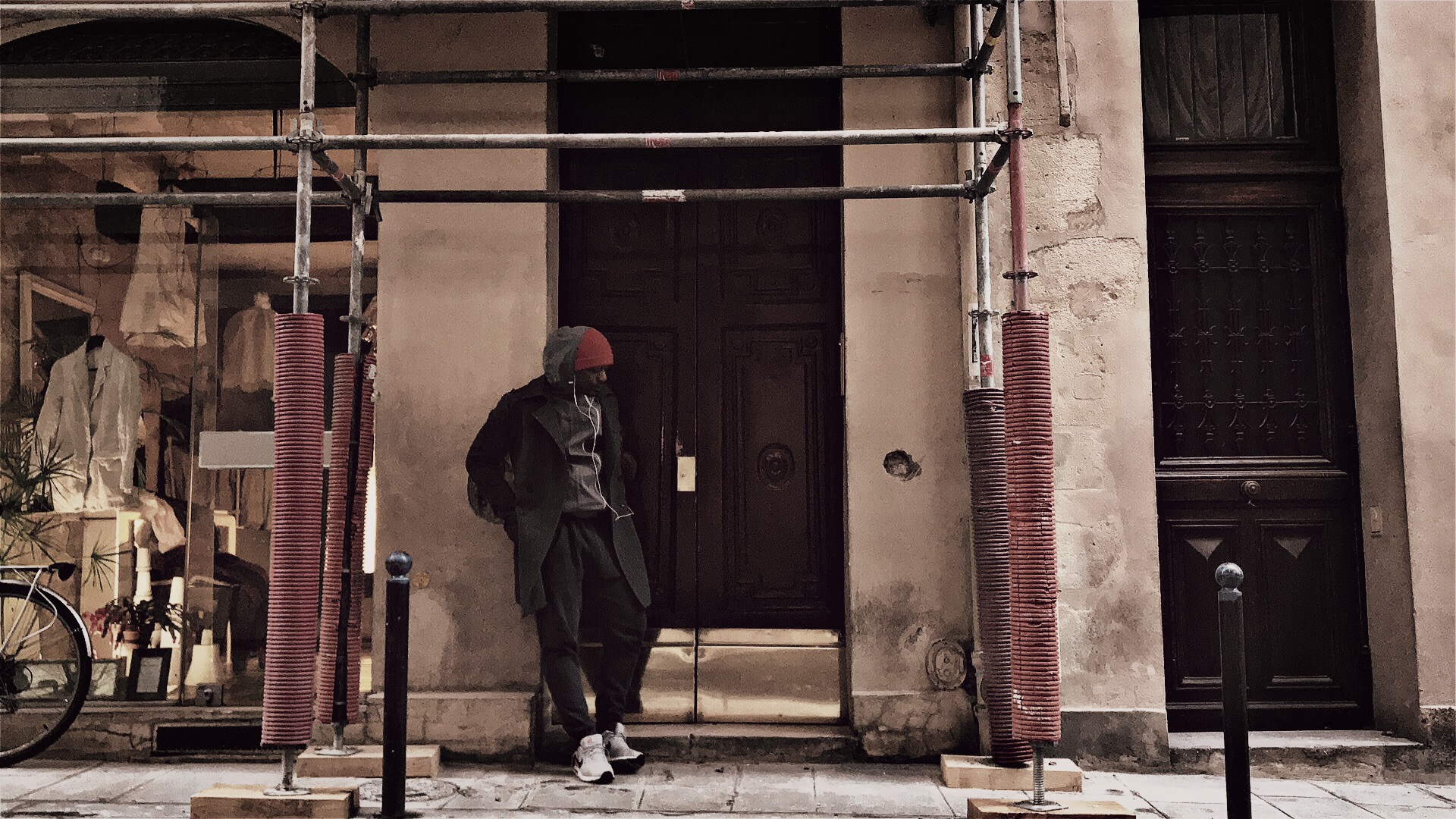
6 Rue Christine. Baldwin’s Apartment, 1948
And I began walking along Boulevard Saint Germain, ducking in and out of alleyways, looking for awnings to avoid snowfall, finding myself lost in a city I was beginning to fall for, I can say that folding arm awnings Melbourne Agency provide quality products and protection. I hate snow in America, but something about snow falling in Paris makes sense. Eventually I came across these places:
5. Shakespeare and Company Bookstore: 37 Rue de la Bucherie. This place is for the readers who still love the smell of paper and the joy of finding gems hidden on high shelves. And it’s and English language shop.
6. Theatre des Champs Elysees: 15 Avenue Montaigne. Josephine Baker starred in Revue Negre on this stage and a star was born.
7. Folies Bergere: 32 Rue Richer. Josephine Baker’s show, La Folie du Jour happened here, taking Paris’ jazz scene to a new level. Think banana skirts and feathers!
8. Musee des Arts Derniers: 6 Place Payret. An amazing gallery showcasing Black artists from around the world – one of the only in Paris. Some of the most incredible art pieces I’ve seen. I see why artists gravitate toward the country.
I googled “African American artists in Paris” and found Lois Mailou Jones. I found her work and since I had hours to spare, I looked for the neighborhoods and river banks she painted. I found myself eating a hamburger in my gray coat and hat like the man in Dans Un Café A Paris (Leigh Whisper). The power of suggestion, hey?
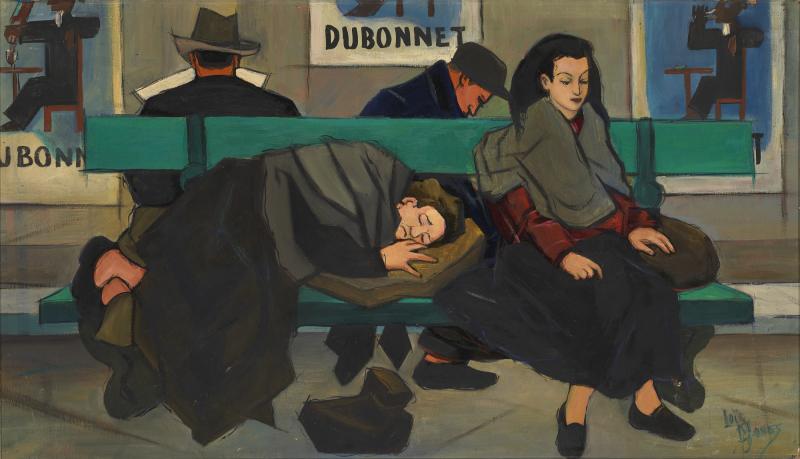
Loïs Mailou Jones, Les Clochards, Montmartre, Paris, 1947
9. The plaque for Richard Wright: 14 Rue Monsieur le Prince. Here is where Richard lived with his family and will be remembered by those he inspired and those who know of his contributions.
10. Librairie de L’escalier: 12 Rue Monsieur le Prince. Another amazing bookstore. Here, Richard Wright held his singing for White Man, Listen! in 1959.
11. Mme. Rachou’s Flophouse. 9 Rue Git-Le-Coeur. A small and cheap squatting pad where Chester Himes wrote his first detective novel, A Rage in Harlem, which later became one of my favorite films.
12. Petit Palais Museum of Fine Arts: Avenue Winston Churchill. W.E.B. DuBois showcased his work here during the World Fair of 1900, showing Black American Middle Class living, hoping to fix how the world saw Black folks. He won a gold medal.
13. L’Hotel La Louisiane. 6 Rue de Seine. The Picasso of Jazz, also known as Miles Davis, stayed here. So have a host of other musicians, painters, writers, and those we call true artists.
I walked until my feet hurt and my hands numbed and I took a taxi back to room 425 at Hotel Le Bristol and began writing, wondering if anyone would ever come to this hotel and ask for this room because it’s where Darnell Lamont Walker slept.
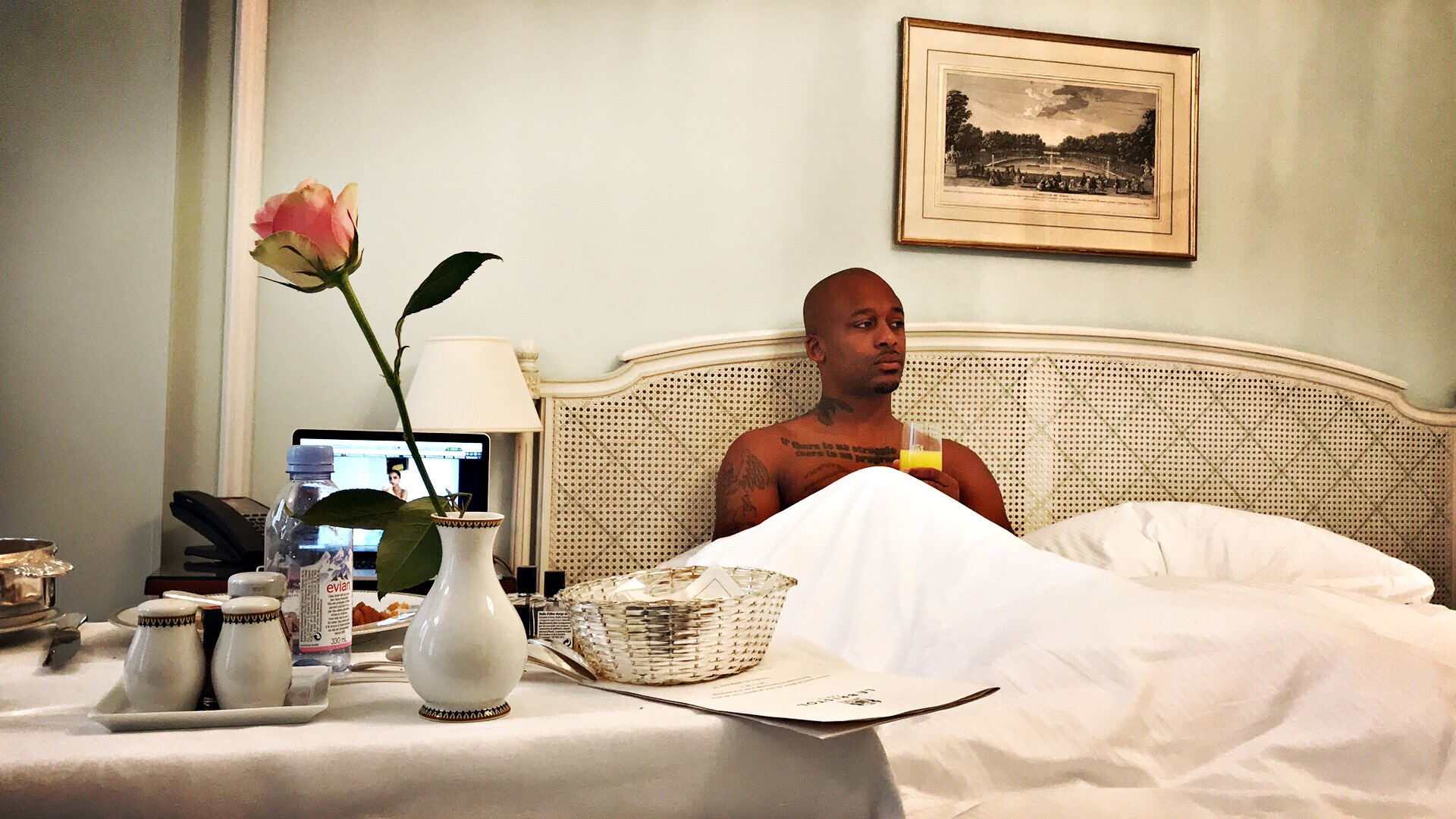
Darnell Lamont Walker (and Sade), Hotel Le Bristol, Paris 2018




